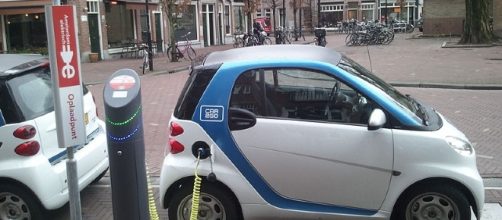A state lawmaker in California is considering offering legislation in the next legislative session that would prohibit the sale of gasoline-powered cars by 2040. California would be following the lead of such countries as Great Britain, France, India, and China, all of which have laws on the books that mandate an end date for the internal combustion engine. The motivation is, of course, an attempt to mitigate the emissions of CO2 into the atmosphere and hence climate change. However, the advance of technology over the next 23 years may make such a law moot.
What would the bill would do?
Assemblyman Phil Ting, a San Francisco Democrat, is considering the bill for next year. The proposed legislation would not only ban the sale of gasoline cars by 2040 but would increase the incentives for Californians to buy zero-emission vehicles. California has already committed to having 15 percent of cars sold in the state be zero-emission by 2025. The goal is to have 1.5 million such cars on the roads by that year.
Pushback from drivers and car companies
Naturally, the proposal is getting pushback, not only from Car Companies, which are all working on Electric car projects but drivers are already expressing objections, especially with their wallets. Just five percent of new car sales in California for the first two-quarters of 2017 were zero emission vehicles, or 300,000.
Californians are waiting for prices to come down, battery ranges to increase, and more recharging stations to be built before committing to change to the new technology. While the state government in Sacramento is a nanny state, mandating what kind of cars people drive may be a regulation too far for Californians.
Why the law may be moot
The technology of both electric car engines and autonomous navigation systems are progressing with an astonishing rapidity. By 2020, the way people get from place to place may well have changed in ways that would have been unimaginable. Instead of owning automobiles and taking on the burden of maintaining them and providing insurance, people could well summon a ride on demand using a smartphone app.
The vehicle, which would be navigated by an onboard computer and sensor suite and will likely be electrically powered, will whisk that person away and deposit him or her to a destination, before speeding off to a new customer. Ridesharing companies such as Uber and Lyft already use this system, albeit with a human driver using a personal vehicle.
Automobiles will no longer be a status symbol or an extension of someone’s identity. They will just be a mode of transporation, to be used on demand.


